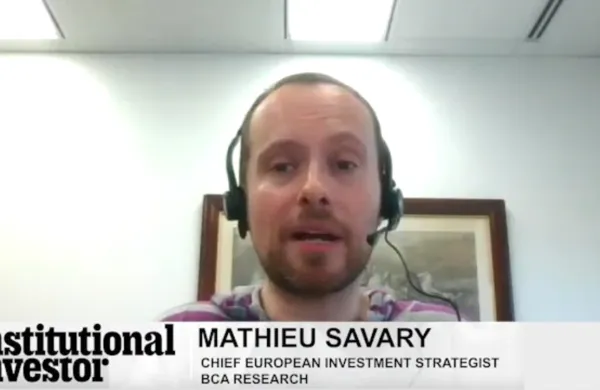Demand for the European Central Bank’s next round of three-year loans to banks on February 29 is expected to be at least as big as at last month’s auction, widely hailed as a success. But it remains to be seen whether the auctions will finally get European banks on their own feet.
The ECB lent 523 banks a total of €489 billion ($638 billion) at 1 percent on December 21 in what is known as a long-term refinancing operation (LTRO), providing vital support at a time when few banks were able to use the senior unsecured debt market to raise funds. It was the first ever three-year operation by the ECB, which had previously offered one-year loans in 2009. Euro zone banks have to refinance €600 billion of debt maturing in 2012, according to Dealogic, with about €230 billion of that amount maturing in the first quarter.
Most banking analysts and fixed-income professionals forecast similar demand in February. “The first LTRO has had a powerful impact, giving banks much more stability, so I think the next one will be of similar size,” says Nick Gartside, the London-based international chief investment officer of fixed income at J.P. Morgan Asset Management. Citigroup’s London-based banking analysts Ronit Ghose and Kinner Lakhani said in a note dated January 12 that they expected bank participation to be just as strong the second time since the ECB is intent on a relaxation of collateral criteria to include all performing bank loans. “Banks will not run out of cash or collateral. Performing loans in the Eurosystem are north of eleven trillion euros, so even with haircuts and qualifications, collateral should be plentiful,” they wrote.
Some analysts forecast a much higher figure if the rules are indeed loosened as anticipated. “The huge expansion in eligible collateral opens the possibility of €1 trillion-plus for another LTRO in February,” said Credit Suisse equity research analysts led by Andrew Garthwaite in a note on January 16. Credit Suisse argued that, with relatively well-funded banks such as Rabobank and ING indicating a willingness to participate in the LTROs, the loans are losing their stigma.
Other analysts are more cautious, noting that plenty of money has already been raised in relation to refinancing needs. Laurent Fransolet, head of fixed-income strategy research at Barclays Capital in London, says, “We are looking for a number at the higher end of €150 billion to €250 billion, which is a little on the conservative side. The collateral changes will make it easier to deliver nonmarketable collateral against borrowing and so should be seen as a positive.”
Mario Draghi, ECB president, said in a statement on January 16 that he expects demand to be high in February, but slightly lower than in December. He argued that the LTRO had been successful in “avoiding a further credit contraction.”
As much as 50 percent of the loans in the December auction were taken up by Italian and Spanish banks, according to estimates in a research note on January 18 by Morgan Stanley’s London-based banking analyst Huw Van Steenis. Italy’s Unicredit took €12.5 billion, Intesa Sanpaolo €12 billion, while Spain’s Banco Popular Espanol borrowed €6 billion. The banks themselves have not commented.
Some banks based outside the euro zone also borrowed from the ECB through subsidiaries, according to Morgan Stanley, notably RBS which took £5 billion ($7.7 billion).
The ECB’s moves are not expressly intended to relieve the pressure on sovereign bond yields, and there is no direct evidence that banks are buying up euro zone sovereign bonds. But the yield on Spain’s 10-year bond has declined to 5.46 percent on January 23 from 6.7 percent on November 25. Italy’s 10-year bond has also moved away from the dangerous 7 percent level, falling to 6.1 percent on January 23 from to 7.24 percent on November 28.
The real test of the success of the LTROs is the restoration of confidence in banks through a meaningful reopening of the senior unsecured debt market, says J.P. Morgan’s Gartside. “That’s the key indicator and we’ll have to check in 6 months time.”






